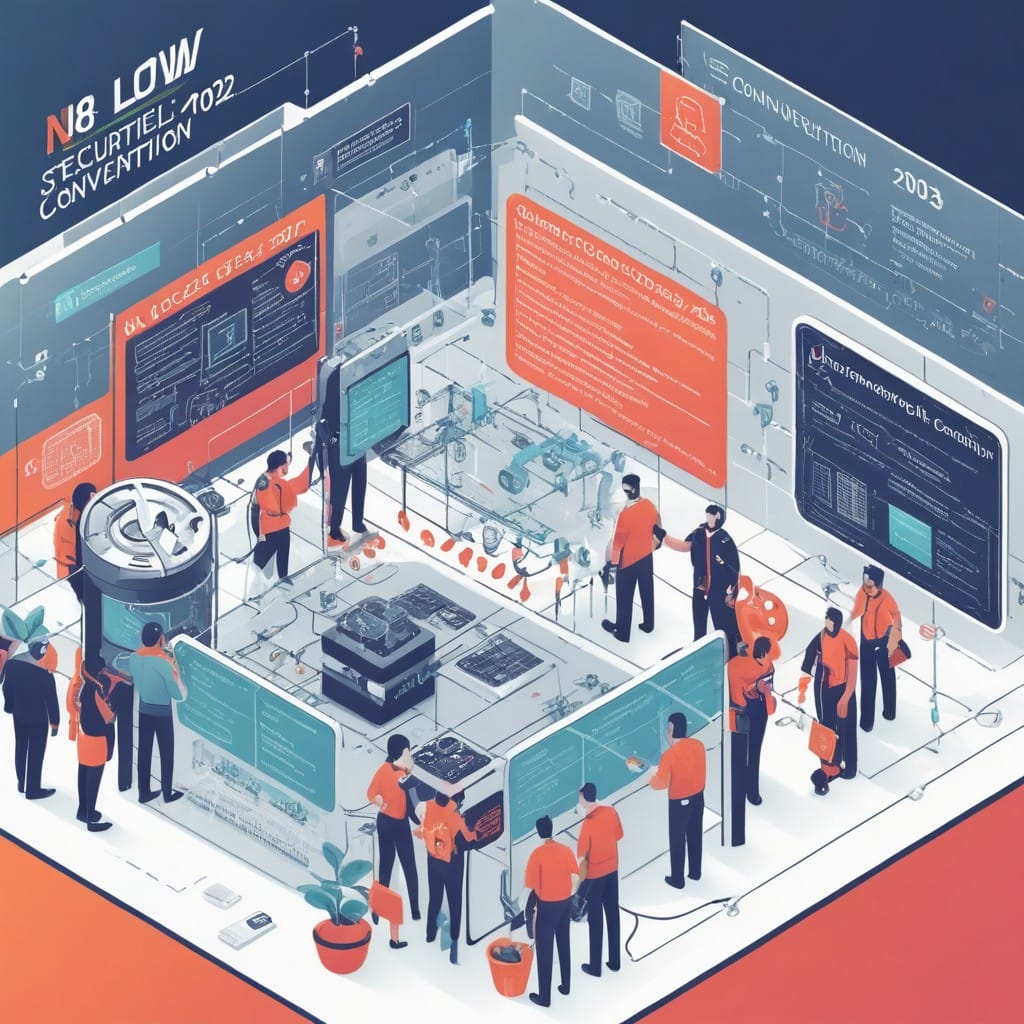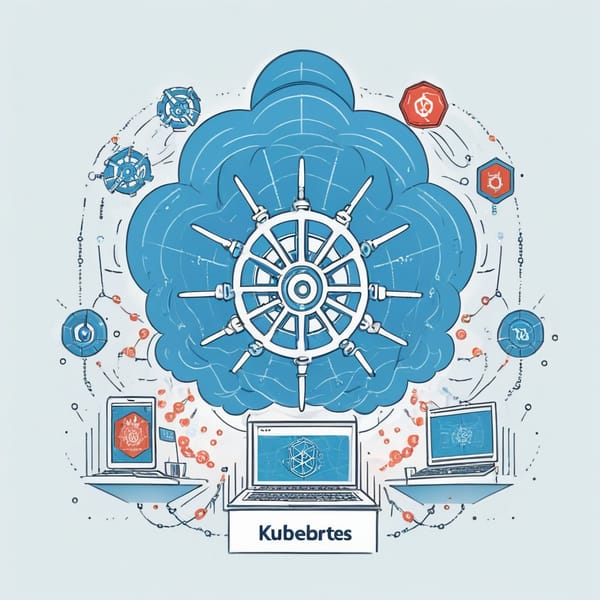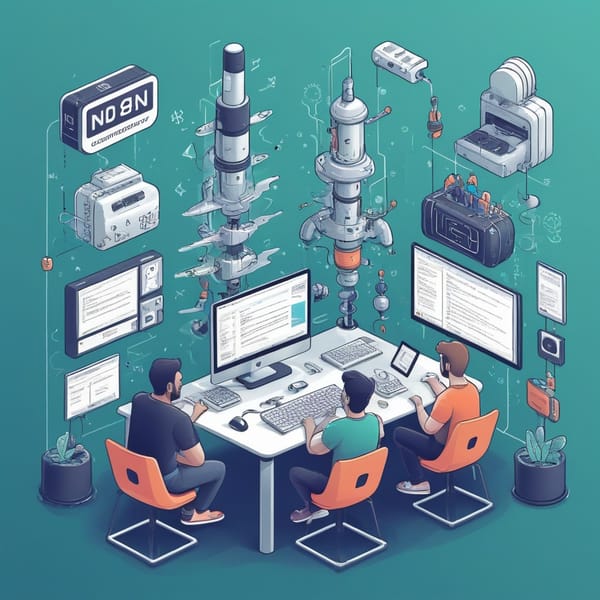n8n Low-Code Convention 2023: Security Strategies & Access Control for Automation

The n8n Low-Code Convention held in Amsterdam on February 28, 2023, brought together automation enthusiasts, developers, and security experts to explore best practices for securing workflows and managing access control in low-code environments. As organizations increasingly adopt tools like n8n to streamline processes, ensuring robust security measures is critical. This blog post dives into the key takeaways from the event, focusing on security strategies and access control mechanisms to safeguard your automations.
Why Security Matters in Low-Code Automation
Low-code platforms like n8n empower users to build complex workflows without deep coding expertise. However, this ease of use also introduces potential security risks if not managed properly. Exposed API keys, improper credential handling, and overly permissive access can lead to data breaches or unauthorized actions. The convention emphasized that security should be a priority from the initial design phase—not an afterthought.
Key Security Strategies Discussed
1. Credential Management & Secrets Storage
Hardcoding credentials in workflows is a common pitfall. Instead, speakers recommended leveraging n8n’s built-in credential vault, which encrypts sensitive data like API keys and passwords. External secrets managers (e.g., HashiCorp Vault, AWS Secrets Manager) were also highlighted as scalable solutions for enterprise environments.
2. Role-Based Access Control (RBAC)
Not every team member needs full access to workflows. n8n’s RBAC features allow admins to define granular permissions, ensuring users only access what they need. For example:
- Viewers can see workflows but not edit them.
- Editors can modify workflows but not deploy them.
- Owners have full control, including credential management.
3. Workflow Isolation & Sandboxing
Running untrusted workflows in isolated environments (e.g., Docker containers) prevents accidental or malicious interference with critical systems. Attendees learned how to configure n8n to execute workflows in sandboxed environments, reducing the risk of cross-workflow vulnerabilities.
4. Audit Logs & Monitoring
Proactive monitoring helps detect anomalies early. n8n’s audit logs track who made changes, when, and what was modified. Integrating these logs with SIEM tools (e.g., Splunk, ELK Stack) enables real-time security alerts.
5. API Security Best Practices
Since n8n often interacts with external APIs, securing these connections is vital. Speakers advised:
- Using OAuth2 where possible instead of API keys.
- Implementing IP whitelisting for critical endpoints.
- Regularly rotating API tokens to minimize exposure.
Access Control Deep Dive
A dedicated session explored n8n’s access control framework, covering:
- User Management: Creating teams with tailored permissions.
- SSO Integration: Enforcing enterprise authentication via SAML or OIDC.
- Workflow Sharing Controls: Restricting workflow exports to prevent unauthorized duplication.
Case Study: Securing a Multi-Team Automation Hub
One presenter shared how their company scaled n8n across departments while maintaining security:
1. Segmented Workflows: Finance, HR, and IT teams had separate instances with strict access boundaries.
2. Automated Credential Rotation: Scripts refreshed API keys monthly without manual intervention.
3. Compliance Checks: Workflows were scanned for hardcoded secrets before deployment.
Looking Ahead: n8n’s Security Roadmap
The n8n team teased upcoming security enhancements, including:
- Fine-Grained RBAC: More customizable permission tiers.
- Temporary Access Grants: Time-bound credentials for contractors.
- Enhanced Encryption: Support for customer-managed keys (CMKs) in the credential vault.
Final Thoughts
The n8n Low-Code Convention underscored that while low-code tools democratize automation, security cannot be overlooked. By adopting credential management, RBAC, sandboxing, and monitoring, teams can harness n8n’s power safely.
For those who missed the event, recordings and slides are available on n8n’s website. Stay tuned for future conventions—and happy (secure) automating!
What security measures do you implement in your n8n workflows? Share your tips in the comments!



